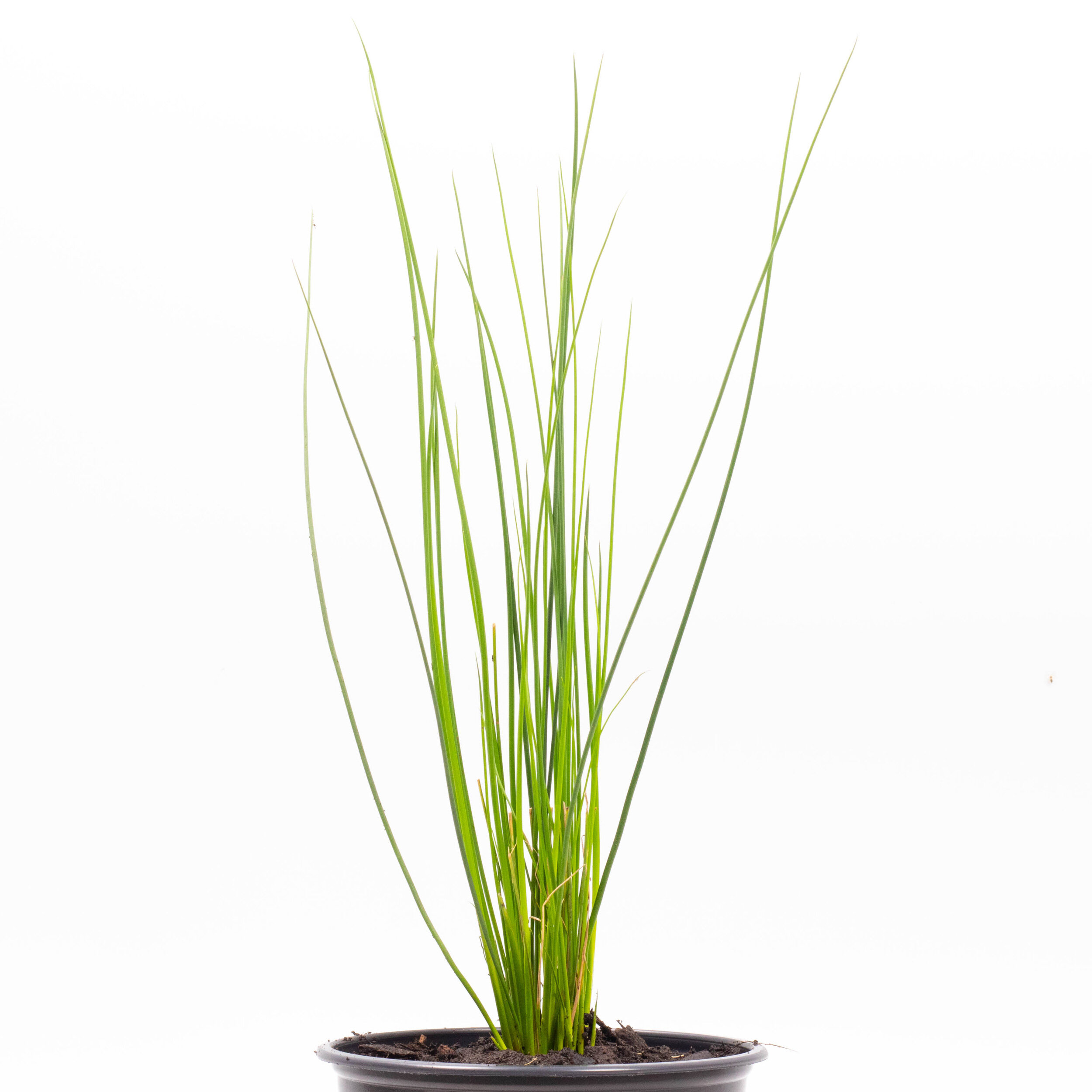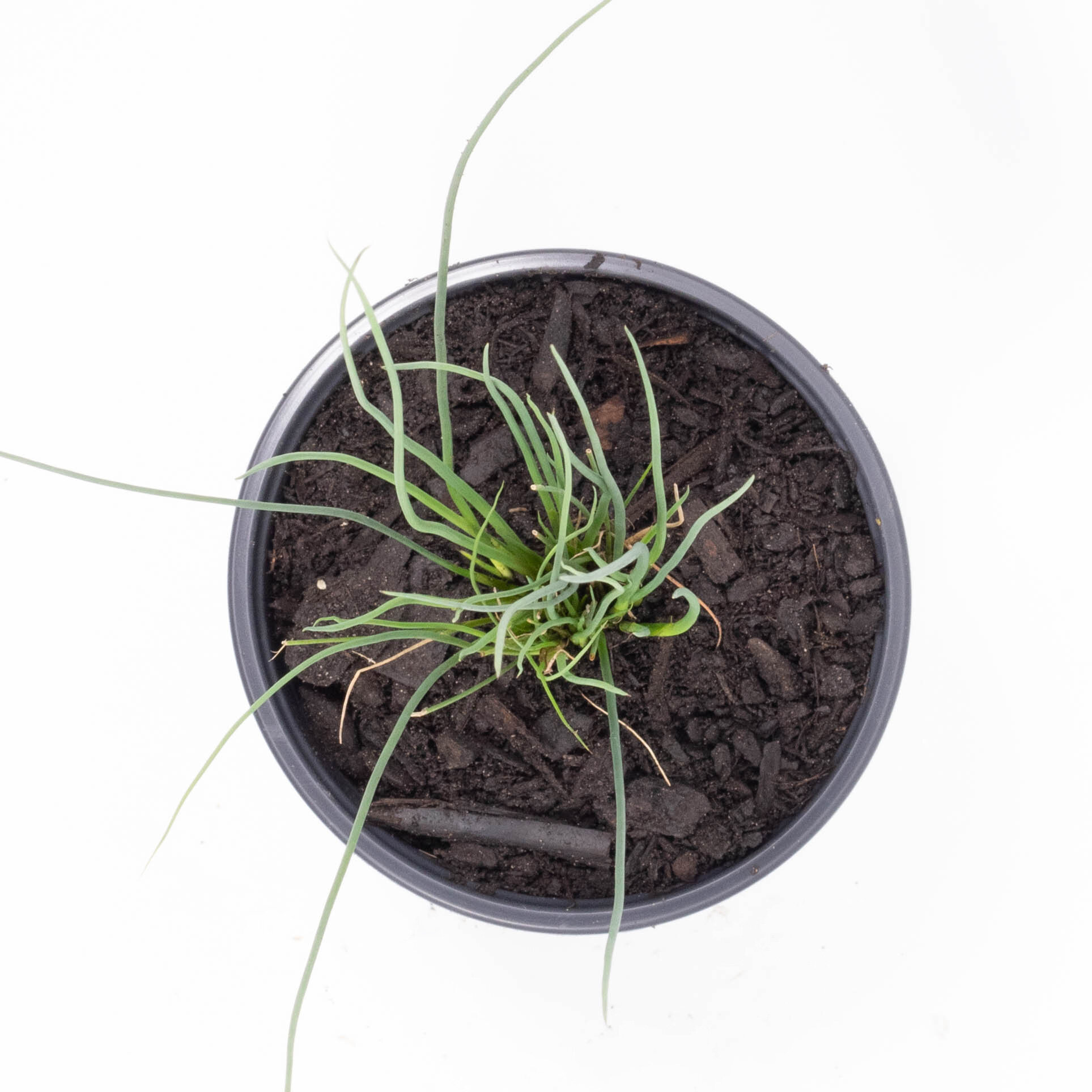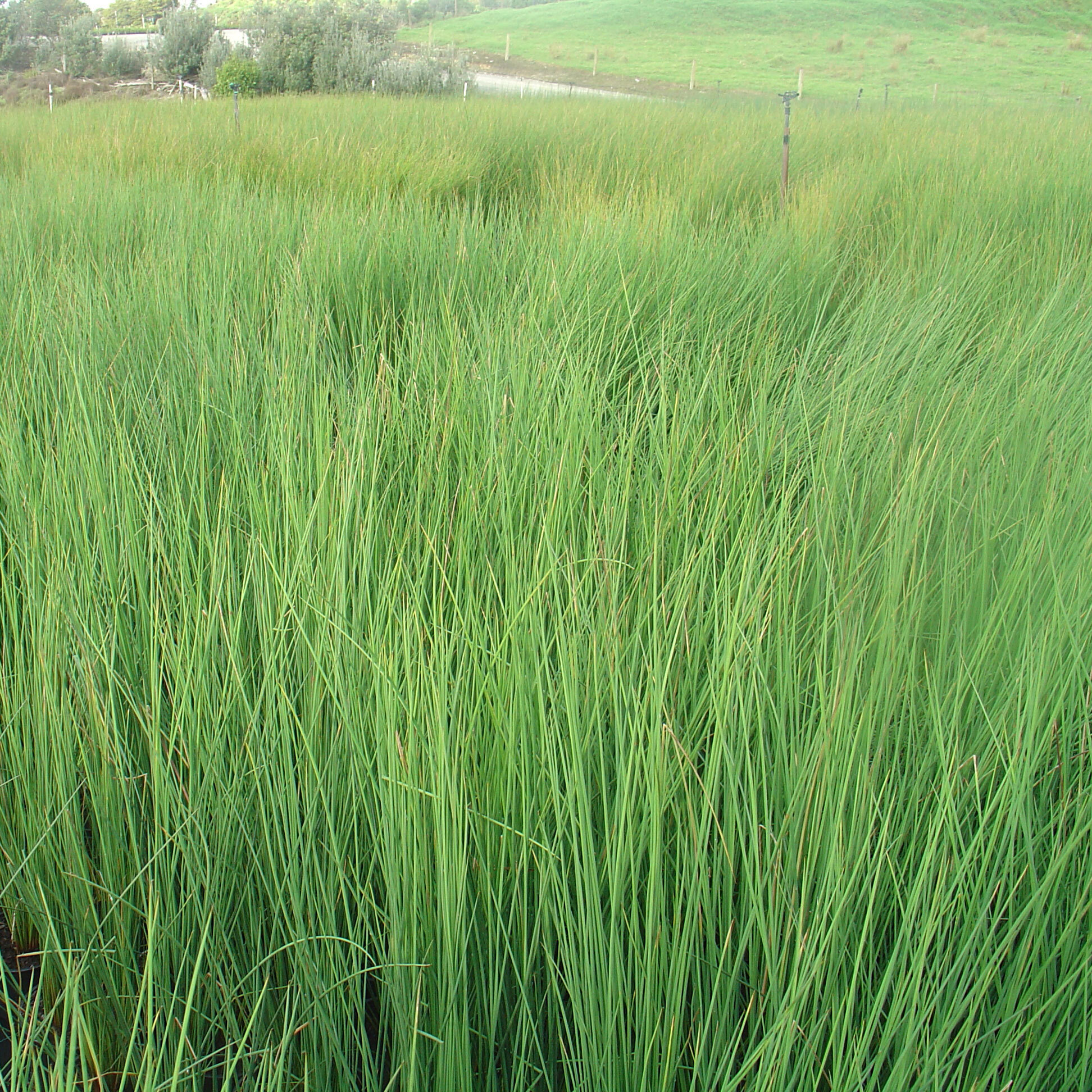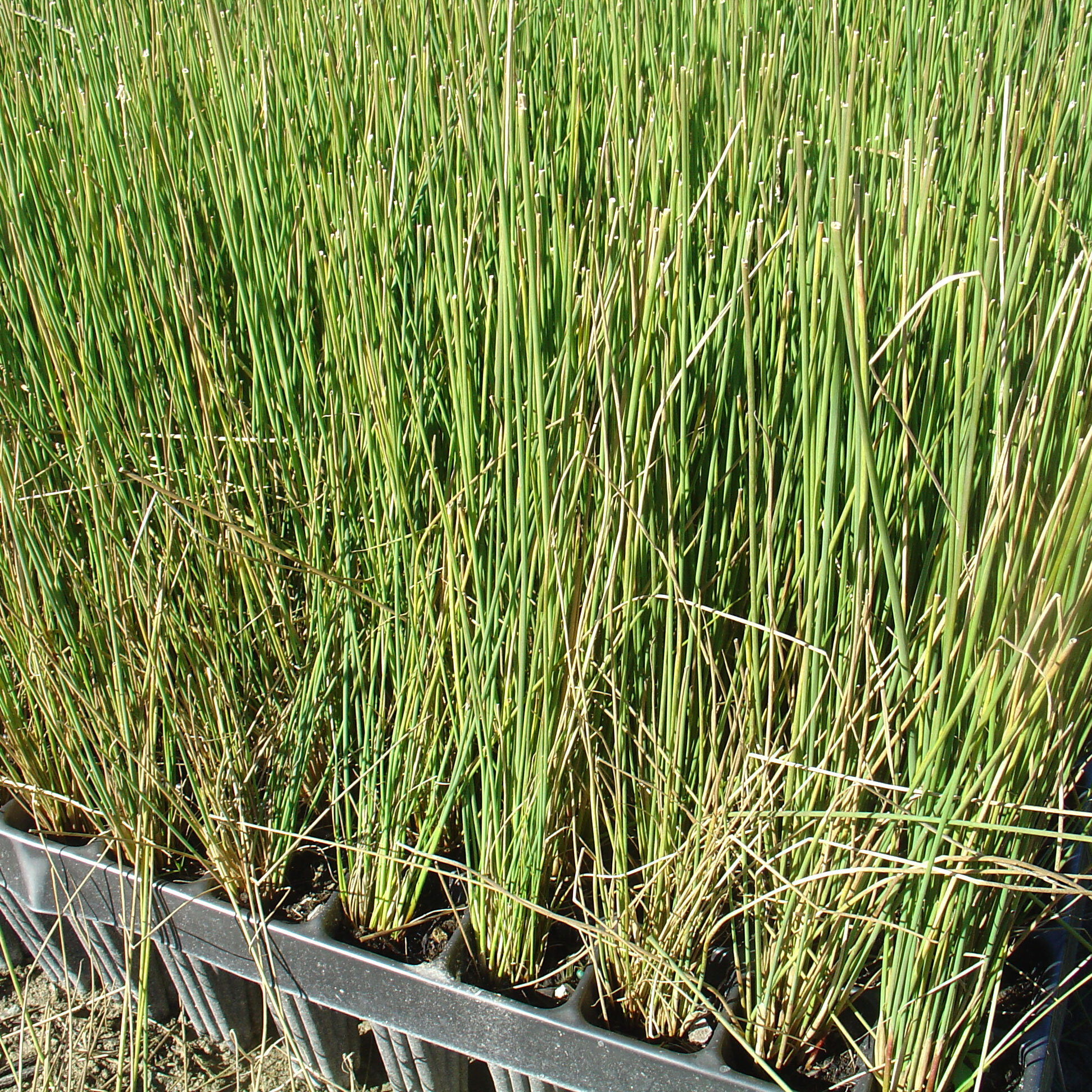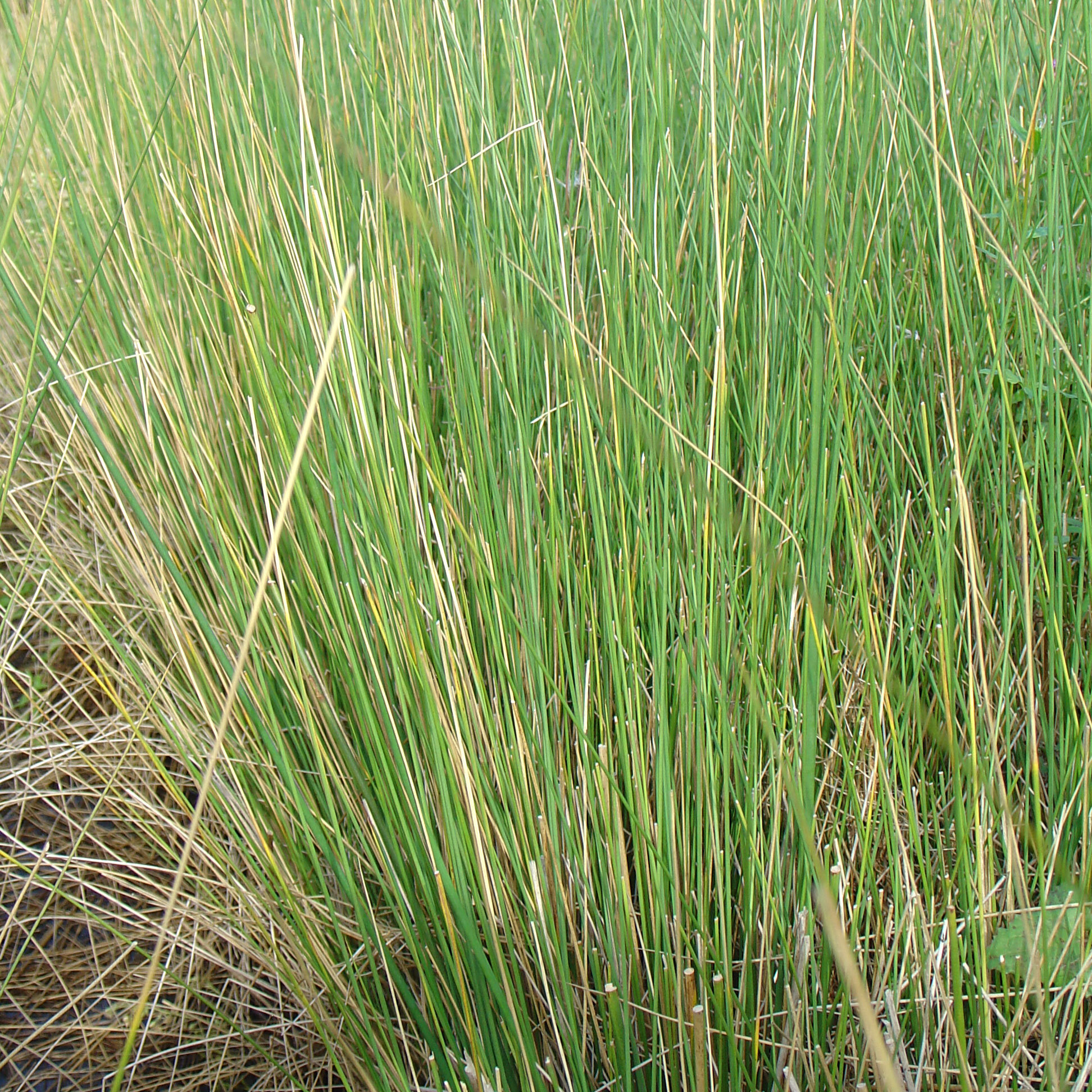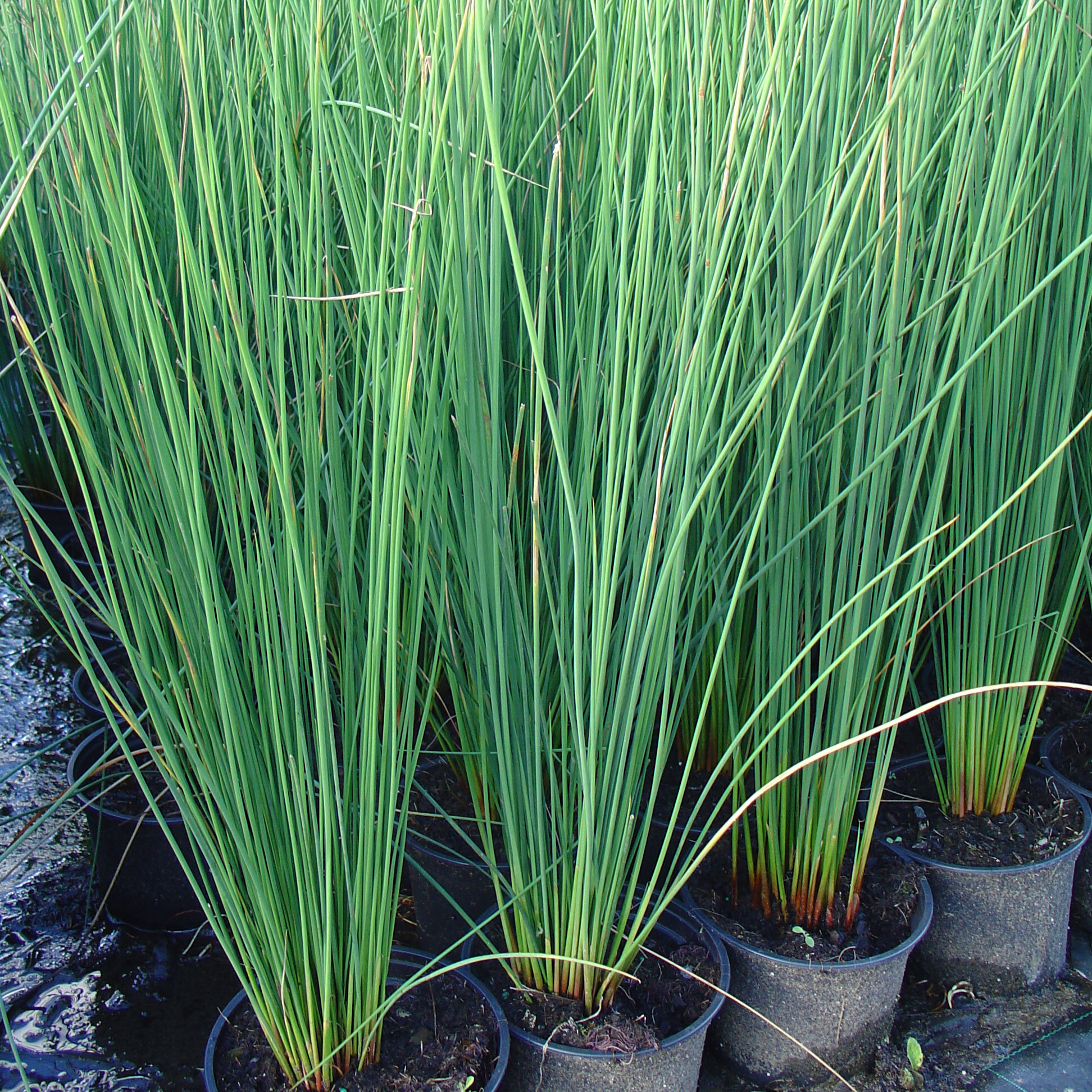Juncus edgariae
Wiwi, Edgars rush, Juncus gregiflorus
Juncus edgariae (gregiflorus) or wiwi (common name) is a rush of swampy areas throughout New Zealand. It grows into a tight clump 1-2m tall with bright green stems. It is ideal for revegetation of wetlands and riparian areas and is useful for damp landscaping areas.
Easily the most common indigenous species. Coastal to alpine, but mainly coastal to montane. Usually in open shrub land, fringing wetlands, and in seasonally damp sites. Often found invading pasture and in urban areas.
Features bright to dark green, orange-green to red-green (drying glossy yellow-green) rather variable perennial forming compact to diffuse tussocks 0.6-2.5 m tall. Rhizome at or just below ground, 5 mm diameter, horizontal, difficult to pull from the soil. Distinguished from the other indigenous species with the flowers usually clustered at the branchlet apices, by the capsules 1.5-2.3 mm long.
<
Habitat:
–––––––––--
Suits wet conditions.
Sunlight:
–––––––––--
Prefers full sun.
Application:
–––––––––--
Use in wetland plantings.
Use in stormwater planting.
Size:
–––––––––--
Mature: diameter 0.6m x height 1.2m
Planting centres: 0.5m
>
Wiwi, Edgars rush, Juncus gregiflorus
Juncus edgariae (gregiflorus) or wiwi (common name) is a rush of swampy areas throughout New Zealand. It grows into a tight clump 1-2m tall with bright green stems. It is ideal for revegetation of wetlands and riparian areas and is useful for damp landscaping areas.
Easily the most common indigenous species. Coastal to alpine, but mainly coastal to montane. Usually in open shrub land, fringing wetlands, and in seasonally damp sites. Often found invading pasture and in urban areas.
Features bright to dark green, orange-green to red-green (drying glossy yellow-green) rather variable perennial forming compact to diffuse tussocks 0.6-2.5 m tall. Rhizome at or just below ground, 5 mm diameter, horizontal, difficult to pull from the soil. Distinguished from the other indigenous species with the flowers usually clustered at the branchlet apices, by the capsules 1.5-2.3 mm long.
<
Habitat:
–––––––––--
Suits wet conditions.
Sunlight:
–––––––––--
Prefers full sun.
Application:
–––––––––--
Use in wetland plantings.
Use in stormwater planting.
Size:
–––––––––--
Mature: diameter 0.6m x height 1.2m
Planting centres: 0.5m
>
Wiwi, Edgars rush, Juncus gregiflorus
Juncus edgariae (gregiflorus) or wiwi (common name) is a rush of swampy areas throughout New Zealand. It grows into a tight clump 1-2m tall with bright green stems. It is ideal for revegetation of wetlands and riparian areas and is useful for damp landscaping areas.
Easily the most common indigenous species. Coastal to alpine, but mainly coastal to montane. Usually in open shrub land, fringing wetlands, and in seasonally damp sites. Often found invading pasture and in urban areas.
Features bright to dark green, orange-green to red-green (drying glossy yellow-green) rather variable perennial forming compact to diffuse tussocks 0.6-2.5 m tall. Rhizome at or just below ground, 5 mm diameter, horizontal, difficult to pull from the soil. Distinguished from the other indigenous species with the flowers usually clustered at the branchlet apices, by the capsules 1.5-2.3 mm long.
<
Habitat:
–––––––––--
Suits wet conditions.
Sunlight:
–––––––––--
Prefers full sun.
Application:
–––––––––--
Use in wetland plantings.
Use in stormwater planting.
Size:
–––––––––--
Mature: diameter 0.6m x height 1.2m
Planting centres: 0.5m
>


